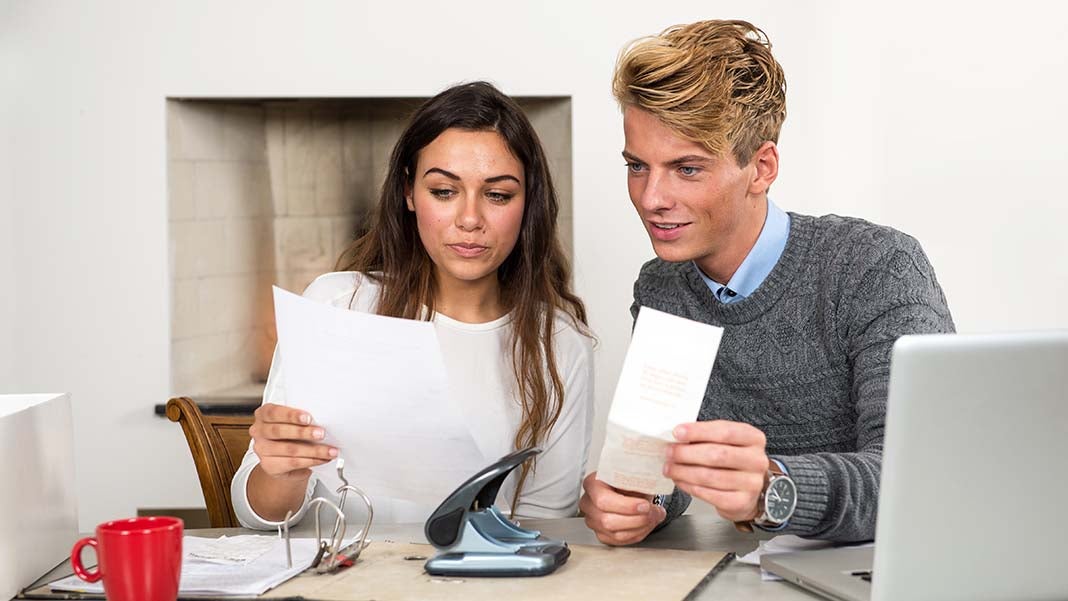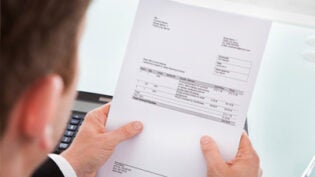
One of the biggest challenges you’re facing as a freelancer is managing your own admin. There’s no HR department that does the dirty work for you—you’ll be responsible yourself for managing your projects, logging receipts and doing tax returns. Knowing how to invoice is a crucial skill you need to ensure your business is running smoothly.
To create a professional invoice as a freelancer, there are a number of things you’ll need to include:
- A header. Include your business name and contact information (registered address, your company number, e-mail, phone number and website), as well as the invoice date, invoice number and, if applicable, customer ID.
- Your client’s contact info. Include the recipient’s name, address, phone number and e-mail.
- A breakdown of services provided and their costs. Provide the client with a breakdown of the work you’ve completed, including the dates and hours you worked on the project and the amount the client owes you. If applicable, include any tax you have charged and your tax registration number.
- Payment terms. Include your bank details and add a ‘comment’ section in which you can provide the client with information on how you wish to be paid and the payment due date.
How do you prepare an invoice?
Invoicing requires good bookkeeping skills, so invest in invoicing or small business accounting software to help you out. They can help you monitor your finances and give you regular updates on the amounts you owe and are owed. The software can track your time against the amount you’re getting paid for it, create and send invoices and compare your profit and loss statements on an annual basis.
When should you send your invoice?
Either invoice your client as soon as your work is finished, or, depending on the size of the project, ask for part-payment up front. Make sure all of these terms and conditions are worked out with the client before you start the project. Avoid surprises and set up a contract beforehand to let your client know about your pricing structure. If you’re sending regular invoices to a client, make sure you always do it on the same day of the month to avoid invoices getting lost.
Author: Lisa van der Steen is a freelance writer based in the UK. Writing on behalf of Accountz, a software developer of home and small business accounting software, she has an expert knowledge of money management.
2442 Views












